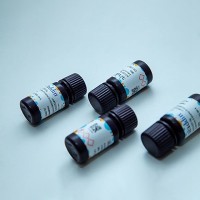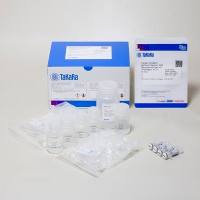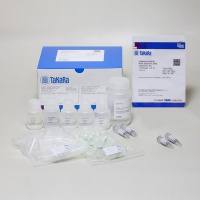Comparative Genomic Hybridization Technique
互联网
656
Screening for chromosomal changes in solid tumors was long hindered by methodological problems encountered in standard cytogenetic analysis. Comparative genomic hybridization (CGH), a technique that emerged in 1992 (1 ) has proved to be a powerful tool for molecular cytogenetic analysis of neoplasms. The main prerequisite of the technique is DNA isolated from tumor samples. As no cell culture of tumor material is required, the technique has been successfully used to study fresh and frozen tissue samples, as well as archival formalin-fixed paraffin-embedded tissue samples. CGH allows to screen entire tumor genomes for gains and losses of DNA copy number, enabling consequent mapping of aberrations to chromosomal subregions. The technique is based on fluorescence in situ hybridization. Tumor and reference DNA are differentially labeled with fluorochromes (green and red, respectively) and mixed in equal amounts. The mixture is cohybridized competitively to a normal metaphase slide prepared from a lymphocyte cell culture of a normal healthy individual. After hybridization and washes, the chromosomes are counterstained with DAPI (blue) and slides are mounted with an antifading medium.









